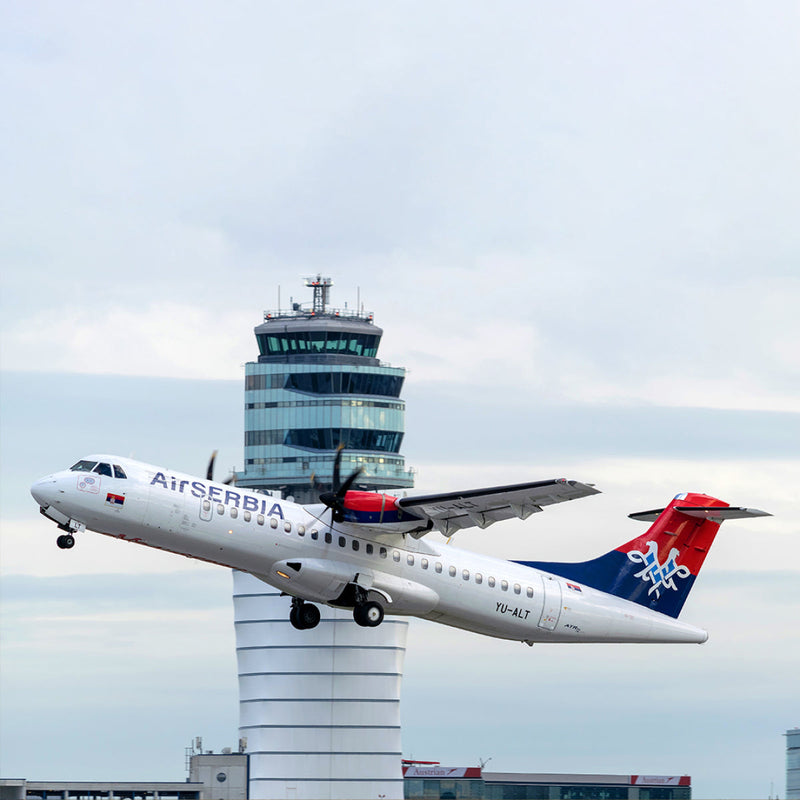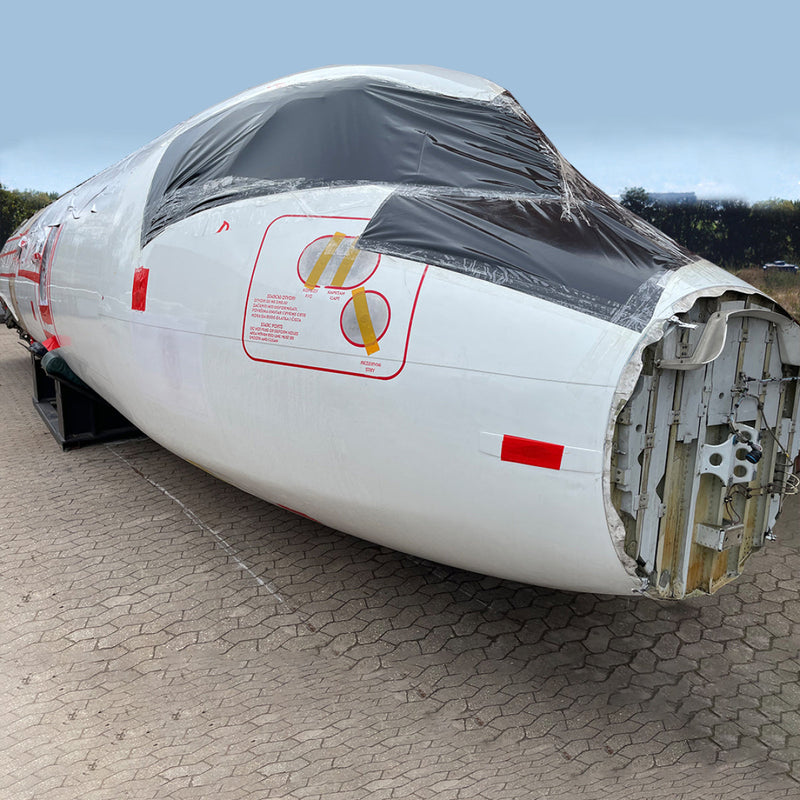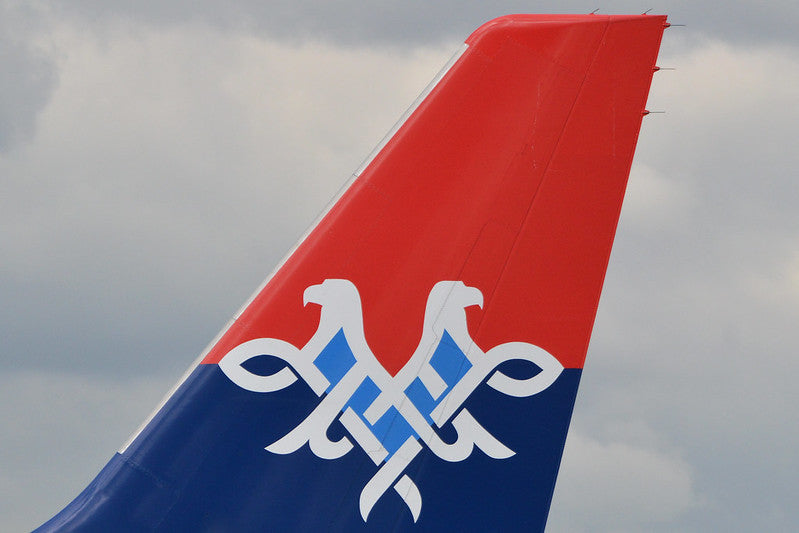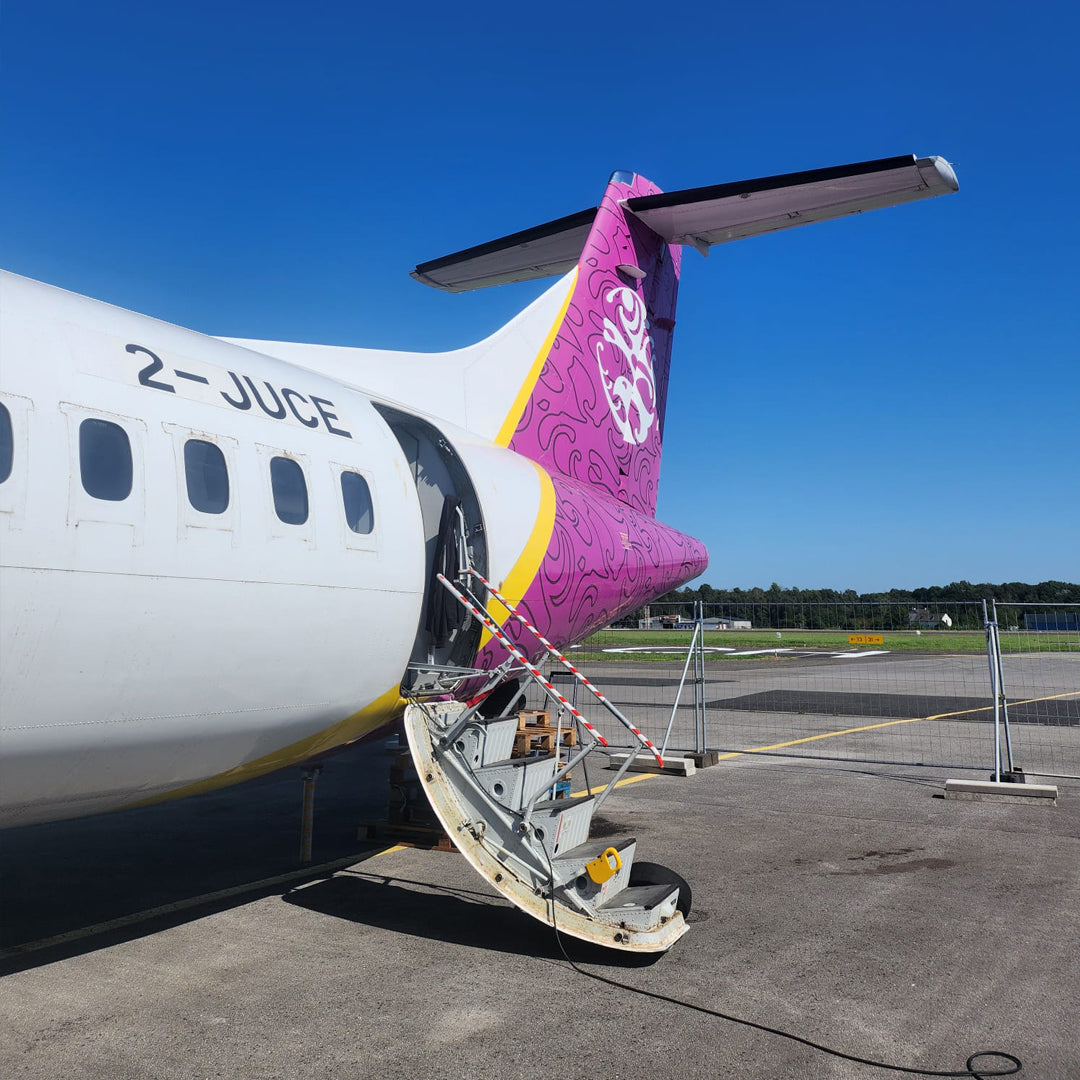
In the world of aviation, aircraft often embark on fascinating journeys, just like our new star, YU-ALT. With a story that begins in China and travels to Eastern
Europe, this aircraft has a history filled with adventure and transformation.
YU-ALT's story commences on June 26, 1998, when it was (air)born as B-3027 for China Xinjiang Airlines. This marked its entry into the world as part of the Chinese
aviation fleet. Little did it know about the remarkable journey that awaited.
After serving under China Xinjiang Airlines, the aircraft underwent a transition. On March 1, 2003, it was adopted by China Southern Airlines, another significant chapter in its history. On December 13, 2012, the aircraft was christened YR-ATR and embarked on a new adventure with Carpatair, a Romanian airline. This marked the beginning of YU-ALT's time in Eastern Europe and foreshadowed its later transformation into a star.
In June 2013 the ATR 72 was re-registered as YU-ALT, becoming part of the JAT Airways' fleet.
The last phase of this incredible journey began on October 27, 2013, when YU-ALT was officially welcomed into the new Air Serbia family. It served as an essential part of the airline's fleet, contributing to the growth and development of the Serbian carrier. It covered over 345,000 km and carried over a million passengers.
.
Aviationtag X Air Serbia
In 2023 it was torn down in Denmark and later in Germany, where we spotted this beauty and got our Aviationtag cuts to upcycle them.
Today, YU-ALT's journey as an active aircraft has come to an end. But its legacy lives on through the Aviationtag edition crafted from its materials. This edition is not only a reminder of YU-ALT's incredible journey but also a testament to the ever-evolving world of aviation.

The History of Air Serbia: Cherishing memories for 10 years!
Air Serbia, as the proud successor of the first national airline Aeroput, celebrated 95 years of tradition on 17 June 2022. The
company ranks eighth on the list of the oldest airlines in the world that are still operating. Air Serbia has been among the leaders of civil aviation from the start and since 1961 a member of the International Air Transport
Association (IATA).
Air Serbia has been operating since 26 October 2013 under its current name, and with the new name and new identity. The
company offer a new concept of inflight comfort across our growing network. Today Air Serbia plays a key role in the development of aviation in Serbia, and the Serbian travel and tourism industry. Air Serbia's priority is to provideexceptional quality of service to their passengers and the main goal is to provide passengers with maximum comfort during their flights, regardless of their travel class.
In passenger and cargo traffic, Air Serbia serve over 80 destinations in scheduled and charter traffic in Europe, the Mediterranean, North America, Asia, and Africa. In cooperation with partner airlines, also offer flights to international destinations in Asia, Australia, North America, and Africa.

Air Serbia's fleet currently consists of twowide-body Airbus A330-200s, 12 narrow-body aircraft from the Airbus A320
family, as well as seven turboprop regional ATR aircraft.
In addition to the Belgrade Nikola Tesla Airport, Air Serbia also flies from Niš Constantine the Great airport, and the international airport "Morava" near Kraljevo.
The ATR 72: Enhancing Regional Aviation
The ATR 72, developed by the French-Italian manufacturer ATR (Avions de Transport Régional / Aerei da Trasporto Regionale), is a twin-engine turboprop regional airliner celebrated for its adaptability, fuel efficiency, and reliability.
Developed in the 1980s, the ATR 72 made its maiden flight in 1988 and received certification in 1989. It's the bigger sibling of the ATR 42 and can carry around 70-78 passengers in a single-class configuration.
Powered by two efficient turboprop engines, the ATR 72 offers a remarkable balance of fuel efficiency and performance. This makes it cost-effective and allows it to operate from airports with shorter runways, which is common in regional areas.
The ATR 72 is a cornerstone of regional aviation, valued for its adaptability, efficiency, and reliability. It continues to serve as a vital asset, connecting communities, transporting cargo, and adapting to evolving environmental concerns. As regional aviation advances, the ATR 72 remains committed to supporting the needs of communities worldwide.
In this blog post, we've taken a journey through the fascinating history of the YU-ALT aircraft, explored the growth and
development of Air Serbia over the past decade, and delved into the remarkable ATR 72. Now, you have the chance to own a piece of this rich aviation history.
Visit our store and discover the exclusive Aviationtag X Air Serbia edition. Don't miss this opportunity to hold an authentic part of YU-ALT's legacy in your hands, celebrating a decade of Air Serbia's journey in the aviation industry.
Did you like this blog post? Looking forward to your thought in the comment section.

Hinterlasse einen Kommentar
17 Kommentare
Unfortunatly I missed the Bi-Color Tags. Would have been a nice addition to my collection.
Happy to get an Aviationtag edition from the Balkan region! YU-ALT sure served most airports in Serbia's neighbouring countries with the versatility only the ATR family can offer.









